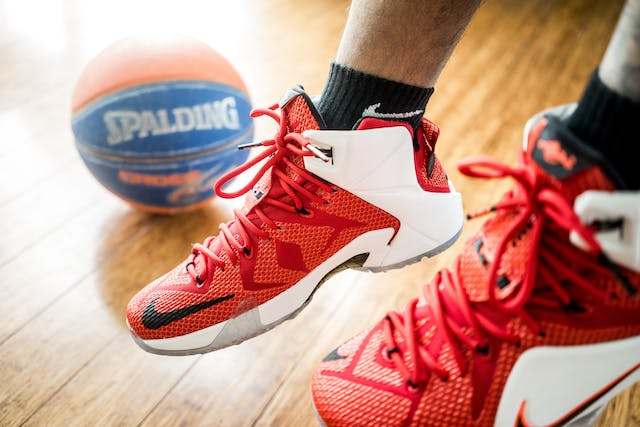The History of Nike

When you’ve seen or heard of the name “Nike,” you’d automatically think of their famous athletic shoes (specifically those awesome Air Jordan shoes). The sports apparel and equipment company was named after the Greek goddess of victory. Nike is typically depicted in art as having wings and wearing a winner’s wreath and a pair of golden sandals. She is also known for her incredibly swift flying and running abilities.
The choice for a company name is very apt, which makes Nike to appear a winner in almost every aspect. Besides, many of the world’s biggest sports champions, high-profile athletes and sports personalities have been wearing or endorsing a pair of Nike shoes or other Nike sportswear.
Nike may be a recent brand, but today it is the most dominant name in the world when it comes to sportswear. Like many successful multi-billion global companies, Nike has humble beginnings and rough sailings.
Nike was founded by two visionaries Bill Bowerman and Phil Knight. Bowerman had previously played football at his alma mater, the University of Oregon. He eventually became notable as a varsity track and field coach who steered the Oregon Ducks team to four NCAA championship titles. He also coached 24 individual NCAA champions and 33 Olympians, proof that he was totally dedicated in working to improve the performances of his athletes.
Phil Knight was a middle-distance runner at the University of Oregon and was enrolled in Bowerman’s track program. He also earned an MBA degree at Stanford University. It all started with a simple handshake when Bowerman and Knight founded Nike on January 25, 1964, as Blue Ribbon Sports. Each man invested $500 to import Onitsuka Tiger shoes from Japan and sell them in the US.
Blue Ribbon Sports made a tidy profit as a distributor of Onitsuka Tiger shoes, and the company grew. The partnership between Blue Ribbon Sports and Onitsuka Tiger ended in 1971. Around the same time, both Bowerman and Knight felt that they could design better sports shoes and sell them to runners. That began their foray into designing and manufacturing their own sports footwear. Upon changing the company’s name from Blue Ribbon Sports to Nike, Bowerman and Knight also adopted the “Swoosh” logo (created by graphic artist Carolyn Davidson) as Nike’s official logo.
The first key that Bowerman and Knight were considering was how to enhance the shoe technology which would improve the athletes’ overall performance. Thus, they began to come up with several shoe designs, with some of them being used at local trial heats in Oregon. The second key is connected to how we view Nike today. The company realized that they needed a well-known pro athlete to endorse and promote their new footwear, as well as the latest shoe technology and design applied to them. Nike found that with runner Steve “Pre” Prefontaine who enjoyed great success with their shoes. The company also found another success at the Munich Olympics and was featured in Sports Illustrated.
Then Nike faced some of its biggest challenges during the 80s. Aerobics rose to popularity and there were specific shoes for the movement, but Nike failed to see the opportunity. However, the company quickly bounced back by developing and releasing their “air bag” technology, plus new cool shoe designs that came with it. Needless to say, these shoes became a hot commodity. Then there came the company’s venerable “Bo Knows” ads (featuring legendary football and baseball player Bo Jackson) to promote their cross-training shoes. Nike also saw itself rising further in the 80s, becoming the brand which we all associate with – “Jordan.” Nike scored legendary NBA basketball player Michael Jordan to launch the exclusive “Air Jordan I” sneakers in 1984. Since then, the “Air Jordan” shoes have been one of the most enduring and iconic shoe brands ever.
The 1990s and 2000s saw Nike expanding to other forms of merchandise such as clothing, casual wear and fitness technology apart from their famous shoes. Several top athletes across the globe have been sporting or endorsing Nike stuff, making the brand even more widespread than ever. Nike is a lot of things – a manufacturer, a product endorser, a brand communicator, a leader of corporate responsibility, and an innovator. Nike is now worth more than $10 billion, and its reach to the world of sports is impressively and significantly deep. Not bad for a company that started out with a $1,000 investment and a handshake.




